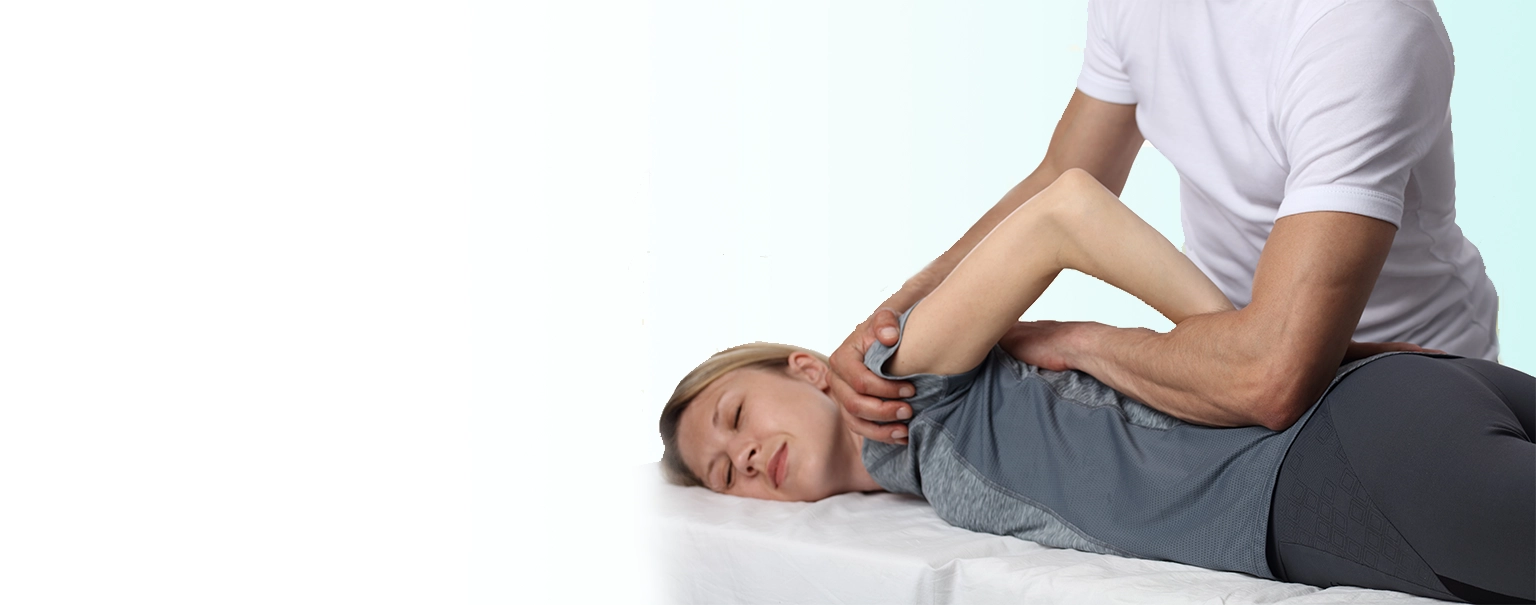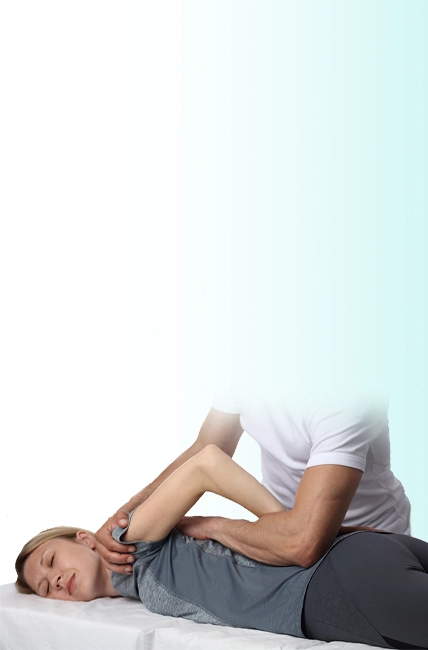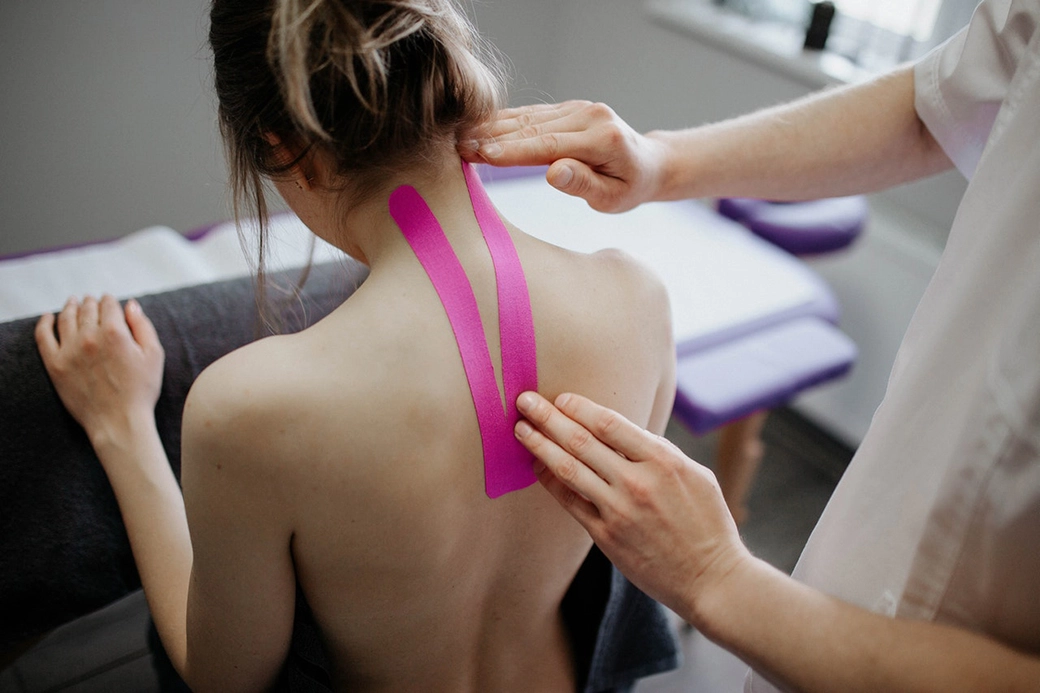

Chiropractic Care for Stenosis in Anchorage, AK
Better Health Alaska: Professional Stenosis Treatment in Anchorage
Here, at Better Health Alaska Chiropractors, we know that one of the problems with stenosis is that sometimes you have it, but you don’t have symptoms. That’s not unusual, but it does mean that often when you do notice it, it’s more advanced. And that means your nerves are being impacted.
Since opening in 1998, we’ve seen our share of spinal stenosis cases and we are quite familiar with how to treat the disease. We offer a number of modalities and techniques to help treat this condition.
Although not all cases of stenosis are reversible, we still remain the best local chiropractor near you to get handle on and manage this condition.

Better Health Alaska: What to Expect from Your Anchorage Chiropractor
If you suffer from spinal stenosis, it’s a good idea to look up your local chiropractor and schedule an appointment.
Your First Visit
Upon arrival at Better Health Alaska, you’ll be greeted warmly and then referred to one of our chiropractors. He or she will discuss your symptoms and history with you, perform an exam, and then render an official diagnosis. From there we will develop a comprehensive personal treatment plan just for you.
Although many times stenosis may go unnoticed, when it is sufficiently developed symptoms can include:
- Tingling
- Spasms
- Radiating pain
- Weakness in the legs
- And more.
These all result from the impingement of a nerve – where the tunnel through which the nerve passes narrows enough to begin compressing it. This interferes with the nerve’s function and causes the symptoms noted above.
Benefits of Regular Chiropractic Treatment for Stenosis in Anchorage
Fortunately, if you are in the skilled hands of a chiropractor like one found at our office in Anchorage, you are not without resources or options. We offer many ways of helping combat this disease:
- Chiropractic Care
- Physical Therapy
- Chiropractic Massage
- Advice on Lifestyle Changes
- And more…
With effective care, it is sometimes possible to reverse the disease with conservative measures alone, but not always. At the very least, most cases of stenosis can be prevented from getting worse. Having said that, sometimes surgery is required – but those cases are rare.
Regardless, a visit to Better Health Alaska, your top-notch stenosis experts and the best reviewed chiropractors in Anchorage, can be the first step on the road to wellness. Contact us today!
Visit Better Health Alaska
South Anchorage
- 8840 Old Seward Hwy E, Anchorage, Alaska 99515
- Phone: 907-743-0110
- Open Hours: 9AM to 7PM
What Causes Stenosis?
The core components of your spine (33 vertebrae & discs) form a protective canal for the spinal cord which connects your mind and body. Once you get into the 50+ age range, it’s common for the spinal canal (and neuroforamen at the sides between vertebrae) to narrow due to arthritis, which can then put pressure on the cord and surrounding nerves and soft tissues.
What Are the Symptoms of Stenosis?
Symptoms vary depending on your age, genetics, lifestyle, health, and the specifics of your condition. Generally speaking, you don’t feel anything until things get too crowded in your spine and nerves become impinged enough to cause radiating pain, tingling, spasms, numbness, and possibly a feeling of weakness in the legs. Then it’s a matter of the impact of the impingement. If it’s in your lower back it could lead to sciatica, or if cervical, it could lead to more serious symptoms like loss of neck and head mobility.
How to Diagnose Spinal Stenosis?
Head to a chiropractor! Here in Alaska, Better Health chiropractors standby to review your medical history and symptoms, then conduct a gentle physical assessment to check your range of motion, mobility, etc. We may take a simple x-ray of impacted areas, or conduct short imaging tests to get a clear idea of the state of your spine as well. It usually doesn’t take long to diagnose spinal stenosis, then we can design a personal and comprehensive treatment plan.
What Are the Different Types of Stenosis?
Great question, and while you’d probably love to draw in medical terminology right now, we’ll keep the three primary types very simple. Once again, stenosis often happens in the lumbar and cervical spinal regions.
- Foraminal Stenosis: Remember the neuroforamen pathways mentioned above, when something compresses any nerve exiting through them in the lumbar region, this is what it’s referred to.
- Central Stenosis: When anything compresses nerves within the spinal canal, it’s referred to as central.
- Far Lateral Stenosis: Beyond the neuroforamen, secondary development of bone spurs, herniated discs, etc., can occur and cause a narrowing to the “far lateral” area.
How to Treat Stenosis?
At Better Health Chiropractic we offer a wide variety of nonoperative treatments that may include elements of chiropractic care services, physical therapy, and chiropractic massage therapy – all in the same clinic. It’s important to remain active, so we often help folks design an exercise regimen while at the same time addressing needed lifestyle changes (posture, diet, etc.). Epidural injections and anti-inflammatory medications are also options. We want you to be fully informed of your options for care and will help make sure you feel comfortable with your choices.
Is Stenosis of the Spine Reversible?
In some cases yes, in others no. What matters is whether or not what you’re experiencing is reversible, right? The ONLY real way to find out is to visit a chiropractic clinic where we can assess your symptoms, and diagnose the issue. We will use every noninvasive method at our disposal. When surgery is not desired, we can help to relieve pressure according to what your individual vertebra may need. Nothing is certain, but at a minimum, this approach will stop narrowing from getting worse and often eliminates the pain.
Is Stenosis Hereditary?
If you’re worried you might inherit spinal stenosis or pass it on to your children, all we can tell you at this point is that some inherited traits can make people more vulnerable. This is a long ways from any certainty, but there is a connection in some families. Fortunately, though, our Anchorage office offers chiropractic benefits that help to maximize each patient’s personal quality of life with a customized method of care.
Conditions Helped by Chiropractors:
Same-Day Chiropractic Appointment. 10-Minute Wait Promise.
Better Health Alaska Chiropractors has helped thousands of patients get their life back through safe, effective, and cutting-edge treatments like the Alaska Back Pain Protocol. We use a multi-pronged, non-invasive approach to treat different conditions. And it’s done at a reasonable cost. We accept many types of insurance, and most insured patients pay $25 or less per visit. We even have options for the uninsured.


